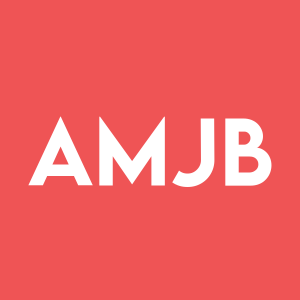[424B2] JPMORGAN CHASE & CO Prospectus Supplement
Rhea-AI Filing Summary
JPMorgan Chase Financial Company LLC is offering unsecured Digital Barrier Notes linked to the lesser performer of the Russell 2000® Index and the EURO STOXX 50® Index, fully and unconditionally guaranteed by JPMorgan Chase & Co. Each note has a $1,000 principal amount and matures on December 2, 2030.
If on the November 26, 2030 observation date the final level of each index is at least 70% of its initial level (the Digital Barrier), investors receive $1,000 plus a fixed contingent digital return of at least 47%, or $1,470 per $1,000 in the 47.00% example. If either index is below 70% but both are at least 65% of initial (the Barrier Amount), investors receive only principal back. If either index finishes below 65%, the payout is $1,000 plus the lesser performing index return, so losses increase 1% for every 1% decline and can reach a total loss of principal.
The notes pay no interest, do not provide dividends on index constituents, and expose holders to the credit risk of JPMorgan Financial and JPMorgan Chase & Co. They are not bank deposits, are not FDIC insured, and are not exchange-listed, so liquidity may be limited. The indicative estimated value is approximately $974.30 per $1,000 note and will not be less than $940.00 per $1,000 at pricing, reflecting selling commissions, structuring and hedging costs.
Positive
- None.
Negative
- None.
FAQ
What are JPMorgan (AMJB) Digital Barrier Notes linked to the Russell 2000 and EURO STOXX 50?
These are unsecured structured notes issued by JPMorgan Chase Financial Company LLC, guaranteed by JPMorgan Chase & Co., that pay a fixed return at maturity only if both the Russell 2000® Index and the EURO STOXX 50® Index stay above preset downside barriers. The payoff depends on the lesser performing index rather than on a weighted basket.
How is the payout on the JPMorgan AMJB Digital Barrier Notes calculated at maturity?
Per $1,000 note, if the final level of each index is at least 70% of its initial level, the holder receives $1,000 plus a fixed contingent digital return of at least 47.00%. If either index is below 70% but both are at least 65%, the holder receives $1,000. If either index is below 65%, the payout becomes $1,000 plus the lesser performing index return, so a 60% decline in that index would lead to $400.
What are the main risks of investing in these JPMorgan Digital Barrier Notes?
Key risks include potential loss of principal if either index ends below its 65% Barrier Amount, the fact that the maximum gain is capped at the contingent digital return, and exposure to the credit risk of both JPMorgan Financial and JPMorgan Chase & Co.. The notes pay no interest, provide no dividends on index constituents, are not FDIC insured, may be subject to early acceleration after a change-in-law event, and may have limited or no secondary market liquidity.
How do the Russell 2000 and EURO STOXX 50 indices affect the AMJB notes?
The payoff is based on the performance of each index separately, and the note uses the Lesser Performing Index. Strong performance in one index cannot offset a large decline in the other. The Russell 2000® represents small-cap U.S. stocks, while the EURO STOXX 50® tracks 50 large Eurozone companies. Historical closing levels, such as 2,348.737 for the Russell 2000® and 5,534.71 for the EURO STOXX 50® on November 18, 2025, are provided as context but do not predict future results.
Why is the estimated value of the JPMorgan Digital Barrier Notes below the $1,000 issue price?
The indicative estimated value is approximately $974.30 per $1,000 note and will not be less than $940.00 at pricing. The difference from the $1,000 price reflects selling commissions, projected profits for JPMorgan affiliates from hedging, and the estimated costs of hedging. The estimate is based on JPMorgan’s internal funding rate and proprietary pricing models and is not a guaranteed secondary market price.
Do the JPMorgan AMJB Digital Barrier Notes provide any tax guidance for U.S. investors?
The issuer’s tax counsel believes it is reasonable to treat the notes as open transactions that are not debt instruments for U.S. federal income tax purposes, so gains or losses may be long-term capital in certain holding-period scenarios. However, the IRS could challenge this view, and future tax guidance, including on prepaid forward contracts and Section 871(m), could affect treatment. Investors are advised in the document to consult their own tax advisers.







